- Joined
- Jan 7, 2009
- Messages
- 10,479
Some very interesting paths that, to me, definitely relate to the discussion- and the reasons the theory and experiences diverge.Very interesting! Would you say that your batting average for these Israeli stones was worse for fluorescent stones than for nonfluorescent (or weakly fluorescent) stones? In the cases where you were wrong, were you more frequenlty overgrading or undergrading compared to GIA?
Last time I bought in Israel was 2006, so it's hard to recall specific stones- but I can recall missing in both directions.
Buying a yellow I was sure would get Fancy Yellow- GIA gave it Y-Z. Or thinking a stone was H, and it comes back J.
I definitely recall things going the other way as well. I expected a Y-Z and got FLY ie.
In discussing this over the years with colleagues, it's been suggested that a combination of factors contribute. Jet lag. Differences in the windows/ interior lighting. But also suggested differences in the natural light
In the vast majority of cases, stones back then were sold sans GIA. Especially the K-L-M goods.And at the stores in the Carribean, was the demand for K-L stones limited to those with fluorescence, or also nonfluorescent stones?
It was a lot of fun back then. I worked for a large South African sight holder. We had so many stones. It was common for me to allow the buyers to pick from parcels of 2ct stones in "top silver" ( K-L-M) containing 20+ stones- none GIA graded.
The nicer blue stones always went first.
Again, anecdotal, but buyers picking the diamonds using their eyes tend to gravitate to the nicer fl stones in these colors, in my experience.
Part of the reason the discussion of why top silver MB/SB stones theoretically can't show improvement is a bit frustrating is all the real world experience I've had with them. You do not need direct sunlight to see the effect.

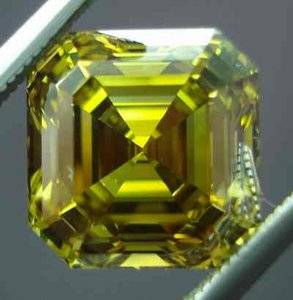
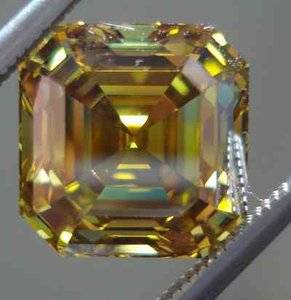
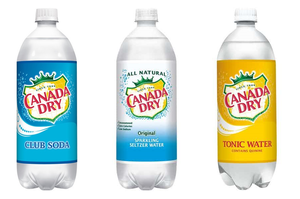
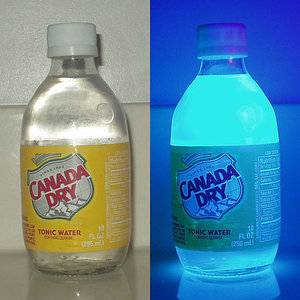
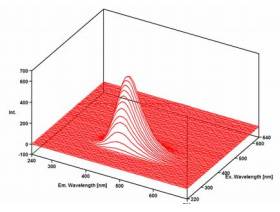
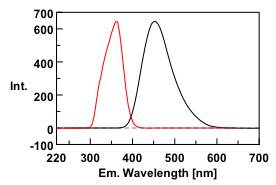
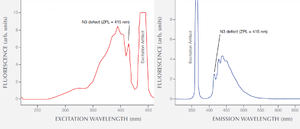


300x240.png)